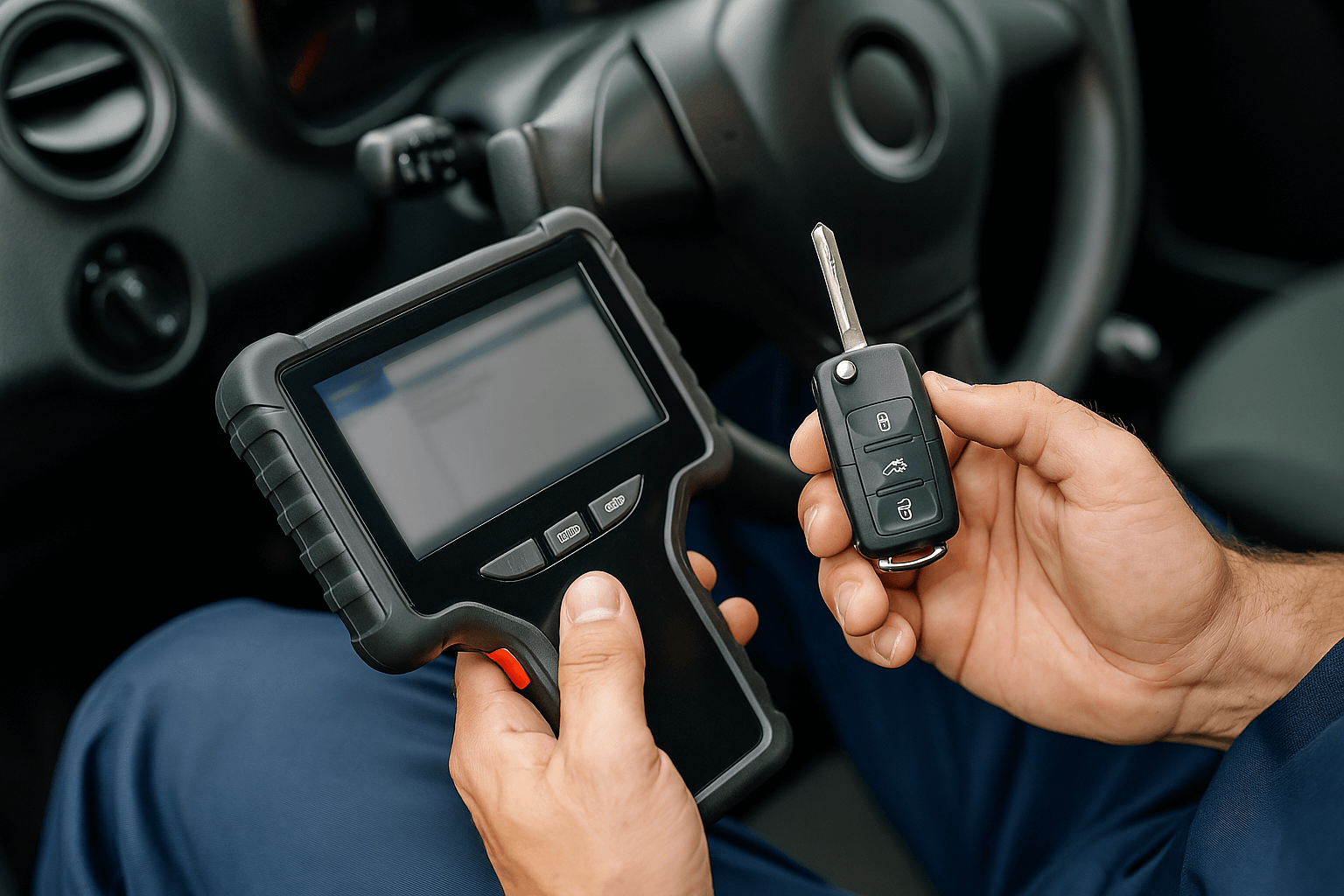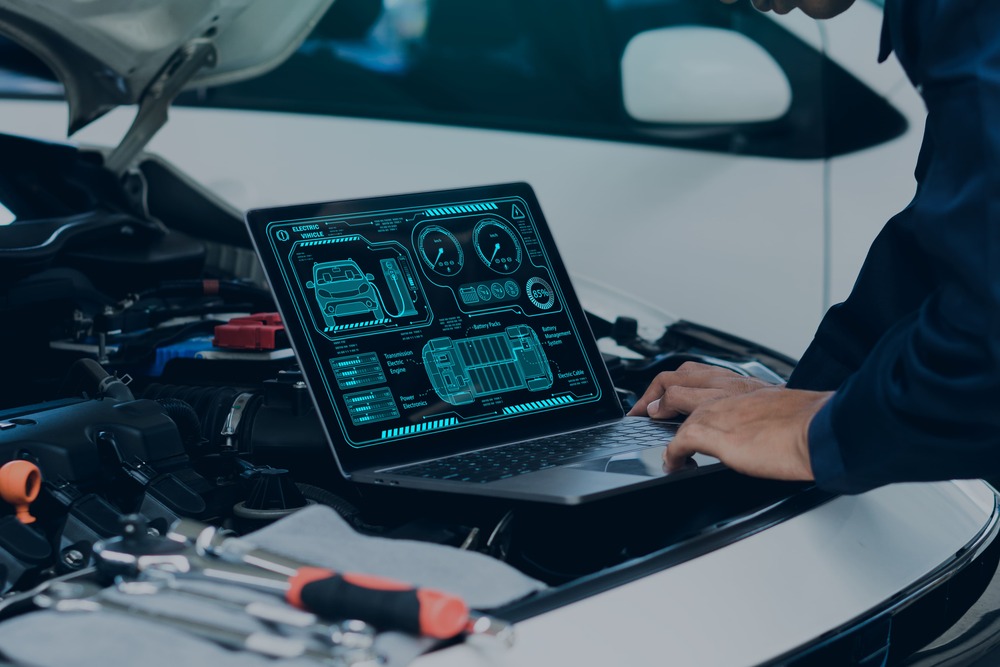[et_pb_section fb_built=”1″ _builder_version=”4.21.0″ _module_preset=”default” global_colors_info=”{}” theme_builder_area=”post_content”][et_pb_row _builder_version=”4.21.0″ _module_preset=”default” global_colors_info=”{}” theme_builder_area=”post_content”][et_pb_column type=”4_4″ _builder_version=”4.21.0″ _module_preset=”default” global_colors_info=”{}” theme_builder_area=”post_content”][et_pb_text _builder_version=”4.23.1″ _module_preset=”default” hover_enabled=”0″ global_colors_info=”{}” theme_builder_area=”post_content” sticky_enabled=”0″]
Increased Emissions: Identifying and Tackling the Problem
[/et_pb_text][/et_pb_column][/et_pb_row][et_pb_row column_structure=”2_5,3_5″ _builder_version=”4.21.0″ _module_preset=”default” global_colors_info=”{}” theme_builder_area=”post_content”][et_pb_column type=”2_5″ _builder_version=”4.21.0″ _module_preset=”default” global_colors_info=”{}” theme_builder_area=”post_content”][et_pb_image src=”data:image/svg+xml;base64,PHN2ZyB3aWR0aD0iMTA4MCIgaGVpZ2h0PSI1NDAiIHZpZXdCb3g9IjAgMCAxMDgwIDU0MCIgeG1sbnM9Imh0dHA6Ly93d3cudzMub3JnLzIwMDAvc3ZnIj4KICAgIDxnIGZpbGw9Im5vbmUiIGZpbGwtcnVsZT0iZXZlbm9kZCI+CiAgICAgICAgPHBhdGggZmlsbD0iI0VCRUJFQiIgZD0iTTAgMGgxMDgwdjU0MEgweiIvPgogICAgICAgIDxwYXRoIGQ9Ik00NDUuNjQ5IDU0MGgtOTguOTk1TDE0NC42NDkgMzM3Ljk5NSAwIDQ4Mi42NDR2LTk4Ljk5NWwxMTYuMzY1LTExNi4zNjVjMTUuNjItMTUuNjIgNDAuOTQ3LTE1LjYyIDU2LjU2OCAwTDQ0NS42NSA1NDB6IiBmaWxsLW9wYWNpdHk9Ii4xIiBmaWxsPSIjMDAwIiBmaWxsLXJ1bGU9Im5vbnplcm8iLz4KICAgICAgICA8Y2lyY2xlIGZpbGwtb3BhY2l0eT0iLjA1IiBmaWxsPSIjMDAwIiBjeD0iMzMxIiBjeT0iMTQ4IiByPSI3MCIvPgogICAgICAgIDxwYXRoIGQ9Ik0xMDgwIDM3OXYxMTMuMTM3TDcyOC4xNjIgMTQwLjMgMzI4LjQ2MiA1NDBIMjE1LjMyNEw2OTkuODc4IDU1LjQ0NmMxNS42Mi0xNS42MiA0MC45NDgtMTUuNjIgNTYuNTY4IDBMMTA4MCAzNzl6IiBmaWxsLW9wYWNpdHk9Ii4yIiBmaWxsPSIjMDAwIiBmaWxsLXJ1bGU9Im5vbnplcm8iLz4KICAgIDwvZz4KPC9zdmc+Cg==” _builder_version=”4.21.0″ _module_preset=”default” global_colors_info=”{}” theme_builder_area=”post_content”][/et_pb_image][/et_pb_column][et_pb_column type=”3_5″ _builder_version=”4.21.0″ _module_preset=”default” global_colors_info=”{}” theme_builder_area=”post_content”][et_pb_text _builder_version=”4.23.1″ _module_preset=”default” custom_padding=”0px||0px|||” hover_enabled=”0″ global_colors_info=”{}” theme_builder_area=”post_content” sticky_enabled=”0″]
Increased emissions from vehicles are not just harmful to the environment, but they can also be indicative of underlying problems with your car that may require immediate attention. Understanding the causes and solutions for increased emissions can help ensure your vehicle is running efficiently and is compliant with environmental regulations.
Symptoms of Increased Emissions:
- Excessive Exhaust Smoke: Different colored smoke can indicate various issues, such as blue smoke for burning oil, black smoke for too much fuel, or white smoke for coolant leaks.
- Unpleasant Smells: A strong odor, like rotten eggs, can suggest issues with the catalytic converter.
- Failed Emissions Test: This is a clear indication that the vehicle is producing more pollutants than allowed by law.
- Check Engine Light: This light can signal several issues, some of which may lead to increased emissions.
[/et_pb_text][/et_pb_column][/et_pb_row][et_pb_row _builder_version=”4.21.0″ _module_preset=”default” global_colors_info=”{}” theme_builder_area=”post_content”][et_pb_column type=”4_4″ _builder_version=”4.21.0″ _module_preset=”default” global_colors_info=”{}” theme_builder_area=”post_content”][et_pb_text module_class=”outline_border_white redbox_cta” _builder_version=”4.20.2″ text_font=”Fira Sans|||on|||||” text_text_color=”#FFFFFF” text_font_size=”22px” background_color=”gcid-608057bc-50cc-4b1a-b022-07c31a7462f8″ text_orientation=”center” custom_margin=”5px||||false|false” custom_padding=”50px|50px|50px|50px|true|true” custom_padding_tablet=”” custom_padding_phone=”50px|25px|50px|25px|true|true” custom_padding_last_edited=”on|phone” text_font_size_tablet=”” text_font_size_phone=”18px” text_font_size_last_edited=”on|phone” text_orientation_tablet=”” text_orientation_phone=”center” text_orientation_last_edited=”on|phone” global_colors_info=”{%22gcid-608057bc-50cc-4b1a-b022-07c31a7462f8%22:%91%22background_color%22%93}” theme_builder_area=”post_content”]
Call (305)860-1440 For 24/7 Service
[/et_pb_text][/et_pb_column][/et_pb_row][et_pb_row _builder_version=”4.21.0″ _module_preset=”default” global_colors_info=”{}” theme_builder_area=”post_content”][et_pb_column type=”4_4″ _builder_version=”4.21.0″ _module_preset=”default” global_colors_info=”{}” theme_builder_area=”post_content”][et_pb_text _builder_version=”4.23.1″ _module_preset=”default” hover_enabled=”0″ global_colors_info=”{}” theme_builder_area=”post_content” sticky_enabled=”0″]
Common Causes of Increased Emissions:
- Malfunctioning Oxygen Sensors: Faulty sensors can cause incorrect air-to-fuel ratios, leading to either too rich or too lean combustion.
- Failing Catalytic Converter: A catalytic converter that isn’t functioning correctly cannot effectively convert harmful gases into less harmful emissions.
- Faulty Fuel Injectors: Injectors that are leaking or not opening correctly can disrupt the fuel mixture.
- Ignition System Issues: Problems with spark plugs or ignition coils can lead to incomplete combustion.
- Poor Compression: If the engine isn’t achieving proper compression, it can lead to unburnt fuel passing through the engine and into the exhaust.
- Worn Engine Components: Worn piston rings, valves, or cylinder walls can lead to oil burning and increased emissions.
Diagnosing Increased Emissions:
- Diagnostic Trouble Codes: Using an OBD-II scanner to read trouble codes from the vehicle’s computer can help pinpoint issues.
- Visual Inspection: A thorough inspection of the exhaust system, engine bay, and emission control systems can reveal potential problems.
- Emissions Testing Equipment: Professional shops can measure the types and quantities of gases being emitted, which can help diagnose the issue.
Solutions for Increased Emissions:
- Repair or Replace Faulty Parts: Once the issue has been identified, replace or repair faulty components such as oxygen sensors, catalytic converters, or spark plugs.
- Tune-Up: A comprehensive tune-up that includes checking and replacing filters, fluids, and ignition components can reduce emissions.
- Fuel System Cleaning: Cleaning the fuel system can help improve combustion efficiency and reduce emissions.
Preventative Measures:
- Regular Maintenance: Following the manufacturer’s recommended service intervals is key to keeping emissions low.
- Driving Habits: Smooth acceleration and avoiding excessive idling can help maintain engine efficiency.
- Fuel Choice: Using the correct grade of fuel and avoiding ethanol blends if not recommended for your vehicle can affect emissions.
FAQs on Increased Emissions:
Q: How do I know if my car’s emissions are too high? A: Besides visual signs like excessive smoke, a failed emissions test during inspection is a clear indicator.
Q: Can increased emissions affect my vehicle’s performance? A: Yes, they can. Issues that cause increased emissions often also affect the engine’s performance.
Q: What does it cost to fix emission problems? A: Costs can vary greatly depending on the cause. Simple fixes may be inexpensive, while replacing a catalytic converter can be costly.
Q: Are there additives that can reduce my car’s emissions? A: Some additives claim to help reduce emissions, but the best course of action is to repair the underlying problem.
If your vehicle is experiencing increased emissions or you’re concerned about passing an emissions test, Los Gemelos Locksmith can help. Our experienced technicians can diagnose and address the root cause of increased emissions, ensuring your vehicle runs cleanly and efficiently. Contact us to schedule a diagnostic and repair service, and do your part in reducing environmental impact while maintaining your vehicle’s health.
[/et_pb_text][/et_pb_column][/et_pb_row][et_pb_row _builder_version=”4.21.0″ _module_preset=”default” global_colors_info=”{}” theme_builder_area=”post_content”][et_pb_column type=”4_4″ _builder_version=”4.21.0″ _module_preset=”default” global_colors_info=”{}” theme_builder_area=”post_content”][et_pb_text _builder_version=”4.21.0″ _module_preset=”default” custom_padding=”|||8px||” global_colors_info=”{}” theme_builder_area=”post_content”][/et_pb_text][/et_pb_column][/et_pb_row][et_pb_row _builder_version=”4.21.0″ _module_preset=”default” global_colors_info=”{}” theme_builder_area=”post_content”][et_pb_column type=”4_4″ _builder_version=”4.21.0″ _module_preset=”default” global_colors_info=”{}” theme_builder_area=”post_content”][et_pb_text _builder_version=”4.21.0″ _module_preset=”default” global_colors_info=”{}” theme_builder_area=”post_content”][/et_pb_text][/et_pb_column][/et_pb_row][/et_pb_section]







